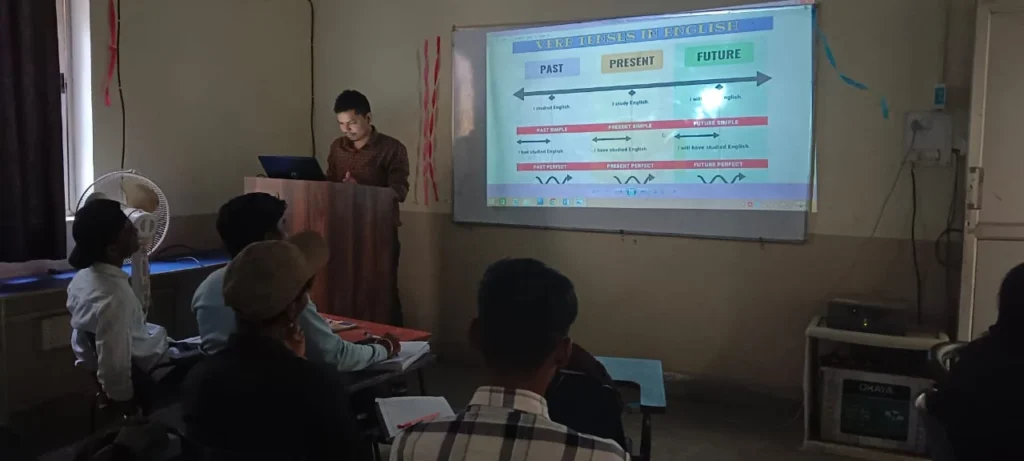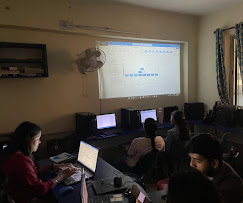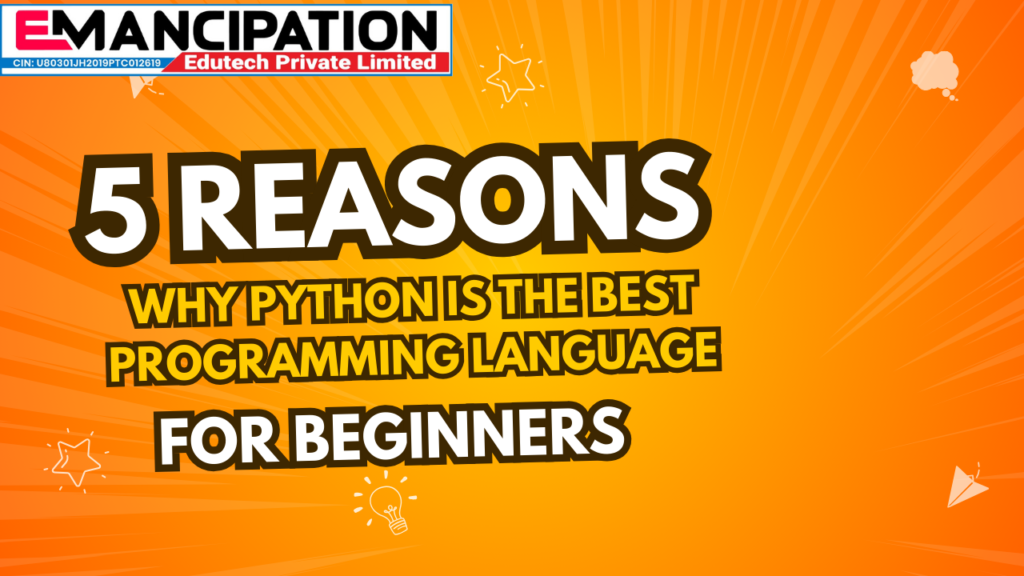Career-Oriented IT Courses in Ranchi: ADCA, DCA, Data Science & AI
Career-Oriented IT Courses in Ranchi: ADCA, DCA, Data Science & AI In today’s competitive job market, having strong IT skills is essential for building a successful and stable career. With rapid digital transformation across industries, the demand for skilled computer professionals is growing every year. Ranchi has emerged as an important center for IT education, offering affordable, practical, and career-oriented training programs. This blog provides a complete overview of career-oriented IT courses in Ranchi, including ADCA, DCA, Data Science, and Artificial Intelligence (AI), to help students choose the right path for their future. Why Choose Career-Oriented IT Courses? Career-oriented IT courses focus on practical skills, real-world applications, and job readiness rather than only theory. These programs are designed to match industry requirements, helping students gain confidence and improve employability. Whether you are a school student, college graduate, or working professional, IT courses can open doors to various job opportunities in both private and government sectors. ADCA (Advanced Diploma in Computer Applications) ADCA is one of the most popular and foundational computer courses in Ranchi. It is ideal for students after 10th or 12th and for those who want strong computer knowledge for office and administrative roles. The ADCA syllabus usually includes computer fundamentals, MS Office, internet applications, DTP, Tally, Excel, and basic programming concepts. This course is highly useful for government job preparation, clerical positions, banking exams, and private sector office jobs. ADCA helps students develop confidence in using computers and digital tools, making it a perfect starting point for an IT career. DCA (Diploma in Computer Applications) DCA is a short-term, job-oriented computer course suitable for beginners. It focuses on essential computer skills such as operating systems, word processing, spreadsheets, presentations, email usage, and basic data handling. DCA is ideal for students from non-technical backgrounds who want quick employment opportunities. Many students in Ranchi choose DCA to improve their digital literacy and qualify for entry-level roles like data entry operator, office assistant, and computer operator. It also serves as a stepping stone for advanced IT courses. Data Science Course Data Science is one of the fastest-growing and highest-paying career options in the IT industry. Organizations rely heavily on data to make strategic decisions, creating strong demand for data science professionals. Data Science training in Ranchi equips students with skills in Python, statistics, data analysis, machine learning, SQL, and data visualization. This course is suitable for graduates from engineering, IT, commerce, and science backgrounds. With hands-on projects and real-world datasets, students learn how to analyze data, identify trends, and solve business problems. Data Science opens doors to roles such as data analyst, data scientist, and business intelligence professional. Artificial Intelligence (AI) Course Artificial Intelligence is shaping the future of technology by enabling machines to learn, think, and make decisions. AI is widely used in automation, robotics, healthcare, finance, and smart systems. AI courses in Ranchi focus on core concepts like machine learning algorithms, neural networks, natural language processing, and AI tools. AI training is best suited for students who have basic programming knowledge and a strong interest in advanced technologies. With AI skills, students can explore careers in research, development, automation, and emerging tech fields with excellent growth potential. Who Can Join These IT Courses? Career-oriented IT courses in Ranchi are suitable for: Most institutes offer beginner-to-advanced learning paths, making these courses accessible to all. Benefits of IT Training in Ranchi Students can gain quality education without relocating to metro cities. How to Choose the Right IT Institute? While selecting an IT training institute in Ranchi, consider trainer experience, updated syllabus, practical exposure, student reviews, and placement support. A good institute plays a crucial role in shaping your career. Conclusion Career-oriented IT courses like ADCA, DCA, Data Science, and AI offer excellent opportunities for students in Ranchi. Whether you are starting your journey or upgrading your skills, these courses can help you achieve long-term career growth. With proper training and dedication, students can build a strong and future-ready IT career.
Career-Oriented IT Courses in Ranchi: ADCA, DCA, Data Science & AI Read More »










